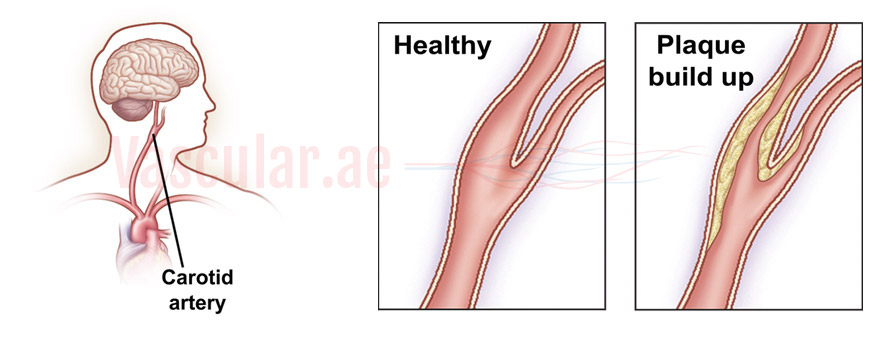Cigarette smoking, diet and the lack of physical activity can contribute to cardiovascular disease.
Physical Activity
Exercise burns calories, increases the heart rate, and keeps the blood flowing at a healthy rate. Least physically fit persons have a mortality risk 4.5 times higher than physically fit persons.
Adults age 18 to 64 should participate in at least 150 minutes of moderate intensity aerobics and strength training each week. The activity should continue for at least 10 minutes at a time.
Daily physical activity should be enjoyable; involve an exercise partner; and include a method of measuring progress such as a daily exercise journal.
Cigarette smoking
Nicotine stimulates the heart rate, raises blood pressure, constricts arteries, and causes the body to release fat and cholesterol into the blood.
Smoking accelerates hardening / narrowing of the arteries (atherosclerosis). This reduces blood flow which can lead to a stroke or coronary artery spasm than nonsmokers.
Smoking increases the likelihood of blood clots (coronary thrombosis) in the arteries leading away from the heart, narrowing of the arteries that carry blood to the leg and arm muscles, peripheral vascular disease (PAD) and of developing aneurysms that rupture.
Diet
Dietary cholesterol is present in foods of animal origin e.g., liver, egg yolks, shrimp and whole milk dairy products including butter, cream and cheese. This contributes to the formation of plaque inside blood vessels.
A narrowed blood vessel in the neck (carotid artery) may lead to stroke.
Excessive intake of sodium – present in many processed foods and beverages contributes to high blood pressure.
- Previous Blog : Over time, changes often occur within the human body
- Next Blog : Physical Activity
 English
English Arabic
Arabic
